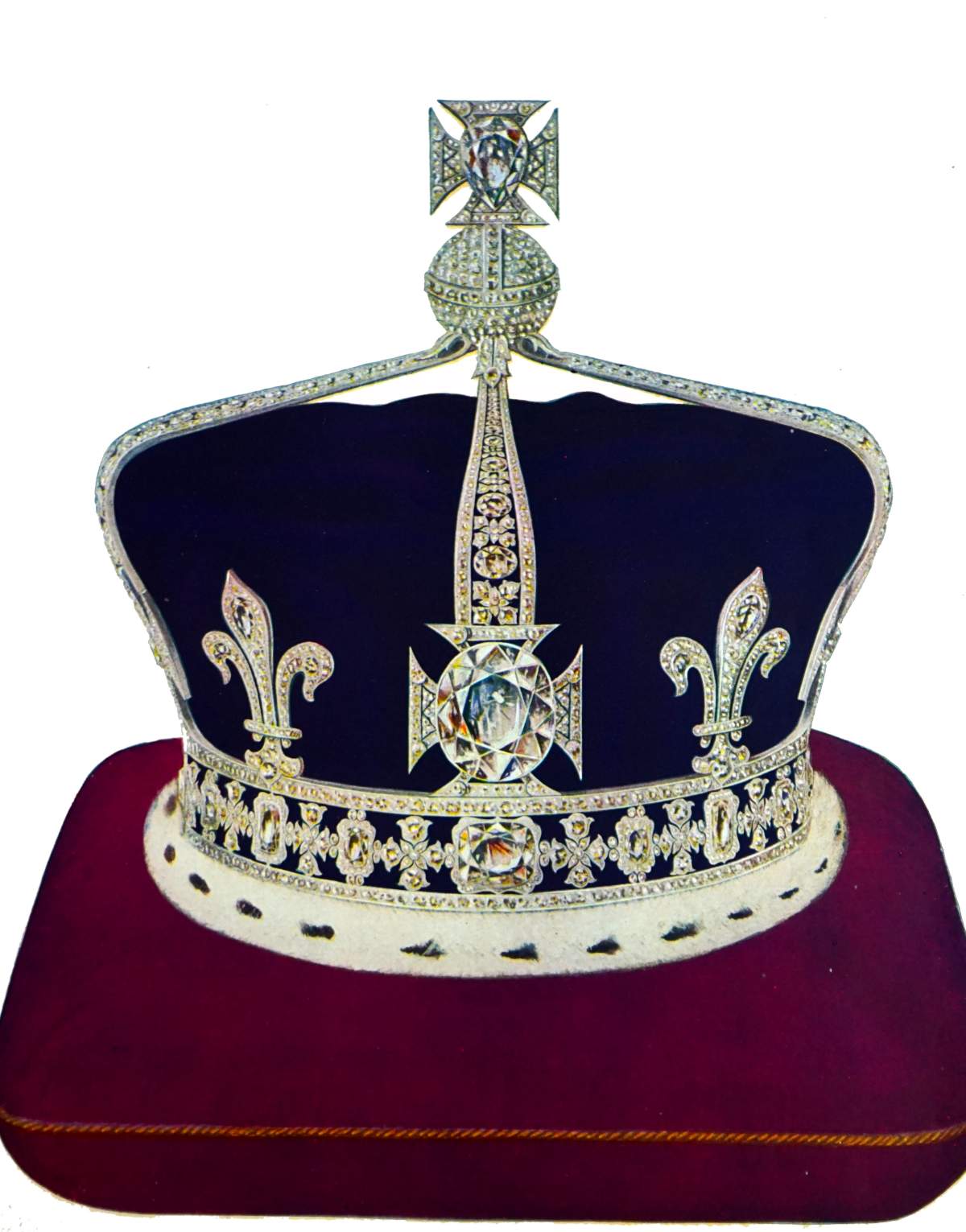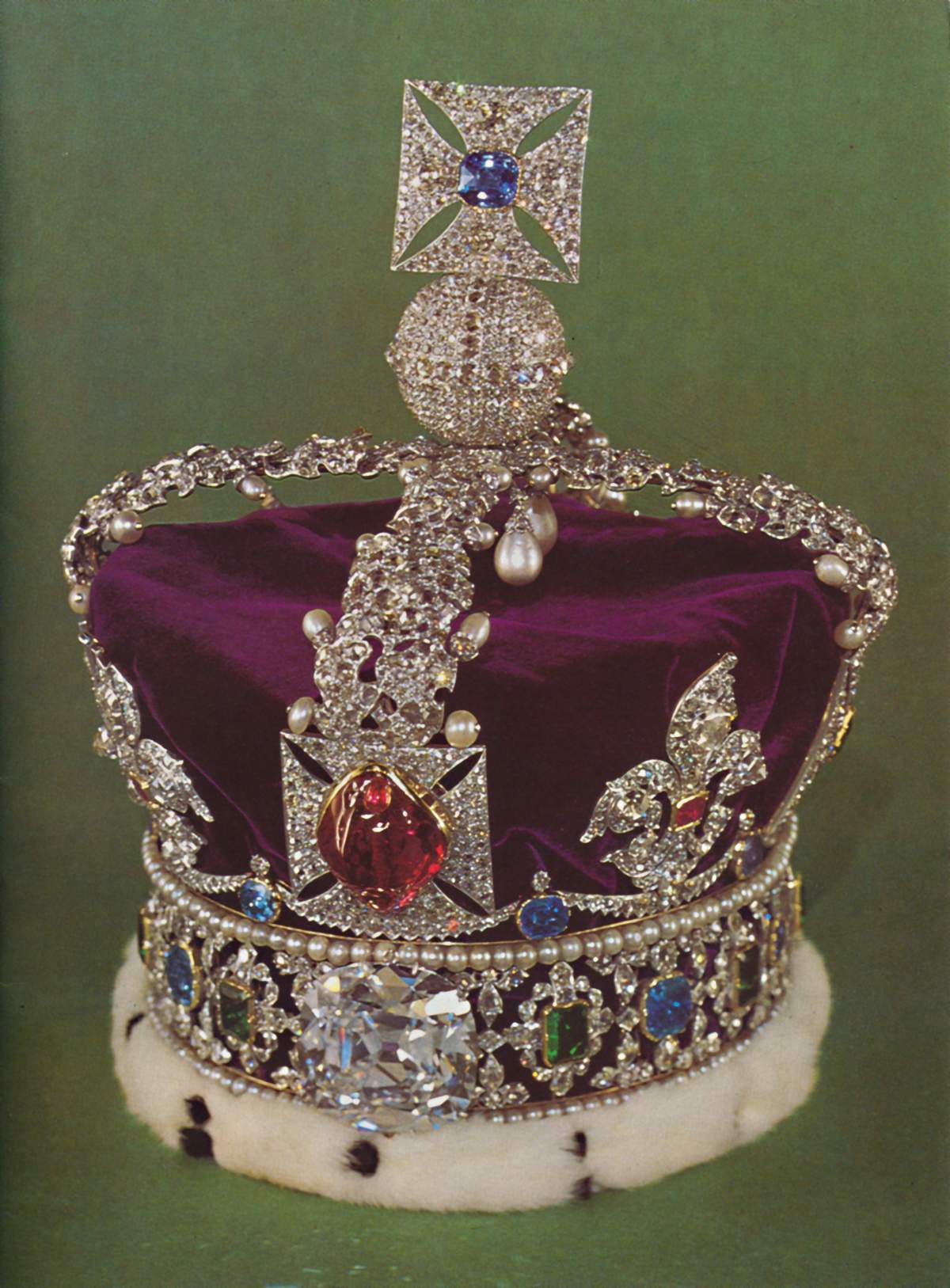Following Queen Elizabeth II‘s death, calls are now being made for the monarchy to release several diamonds currently featured in the British crown jewels.

The Kohinoor diamond, also known as Koh-i-noor or Koh-i-Nûr, the Great Star of Africa and the Second Star of Africa diamonds are often seen as symbols of imperialist history.
The 105-carat Kohinoor diamond is one of the largest cut diamonds in the world, and was originally mined in India thousands of years ago.
The monetary value of the diamond is unclear, though it is startling in both size and sparkle.
Despite the diamond’s complicated and mysterious history — and many owners who lay claim to it across India, Pakistan, Iran and Afghanistan — it now adorns a crown created for Queen Elizabeth The Queen Mother to wear during her coronation as queen consort in 1937.
The diamond had previously been worn as a brooch by Queen Victoria and was also included in the crowns of Queen Alexandra and Queen Mary.
The Kohinoor diamond is on display, still set in Queen Elizabeth The Queen Mother’s crown, at the Tower of London.
There are reports that Camilla, the Queen Consort, will wear the crown at King Charles’ coronation, but that is yet to be seen.
In 2016, the Indian Culture Ministry called for “all possible efforts” to return the Kohinoor diamond to India. The Crown has never made any declaration or shared an intention to return the diamond, or any of its crown jewels.
On social media, many are now calling for the Kohinoor diamond to be removed from the crown jewels and returned to India.
The Great Star of Africa and Second Star of Africa diamonds were both cut from the same diamond: the Cullinan diamond.

Get daily National news
Discovered in South Africa in 1905, it was named after mine owner Thomas Cullinan, and is the largest gem-quality uncut diamond ever found.
The Cullinan diamond was presented to King Edward VII during his reign in 1907, two years after it was unearthed in South Africa’s old Transvaal province.
The Great Star of Africa is the largest diamond cut from the Cullinan diamond, and is also the largest clear cut diamond in the world. The over-530-carat drop-shaped diamond adorns the Sovereign’s Sceptre with Cross, which is also on display in the Jewel House at the Tower of London.
The Second Star of Africa (the second-largest diamond cut from the Cullinan diamond) is set in the Imperial State Crown. It was worn by King George VI in during his coronation in 1937.
Currently, the Imperial State Crown is rested atop the queen’s casket in Westminster Hall. The monetary value of the Great Star of Africa and the Second Star of Africa is also not known, though it’s imagined it would reach well into the tens of millions.
In South Africa, calls have been made (especially following the queen’s death) to return the Cullinan diamond.
Vuyolwethu Zungula, a South African member of Parliament, said the country must “demand reparations for all the harm done by Britain” and also “demand the return of all the gold, diamonds stolen by Britain.”
He also called for his country to leave the Commonwealth.














Comments